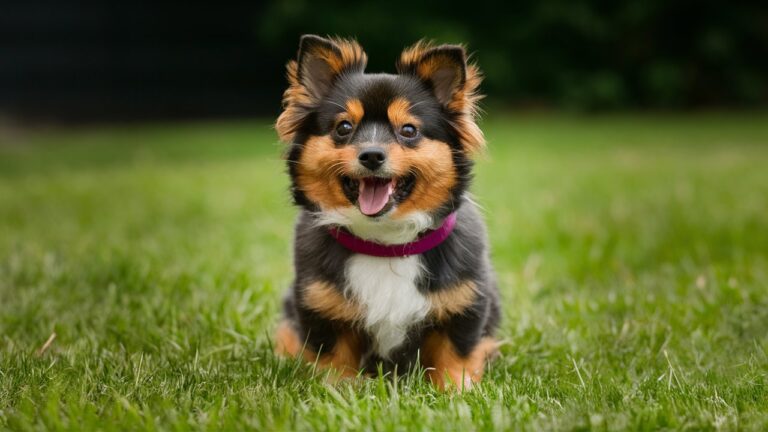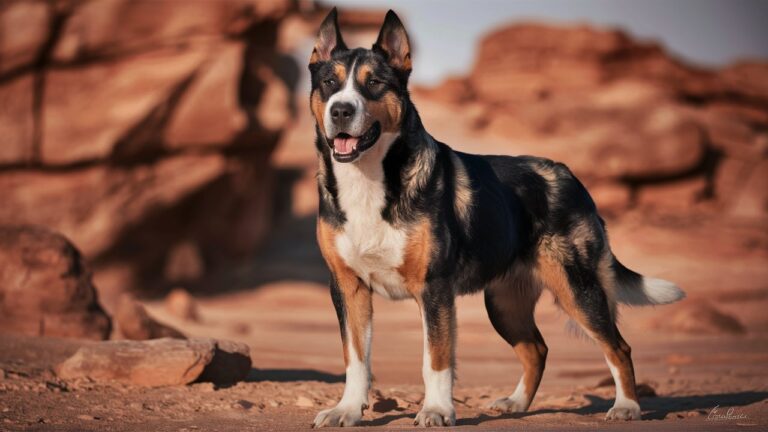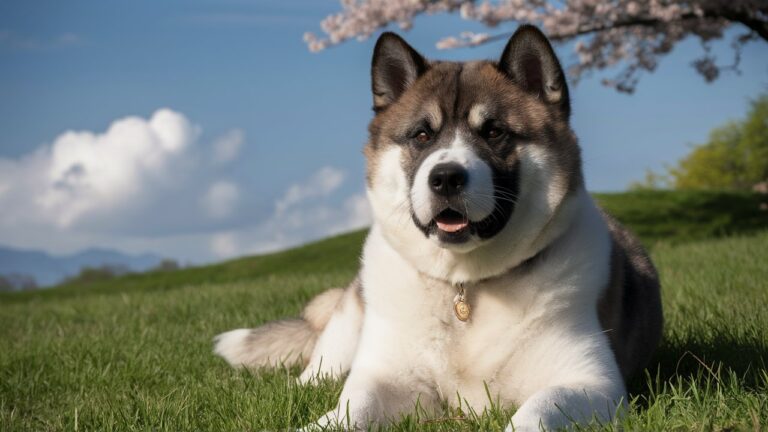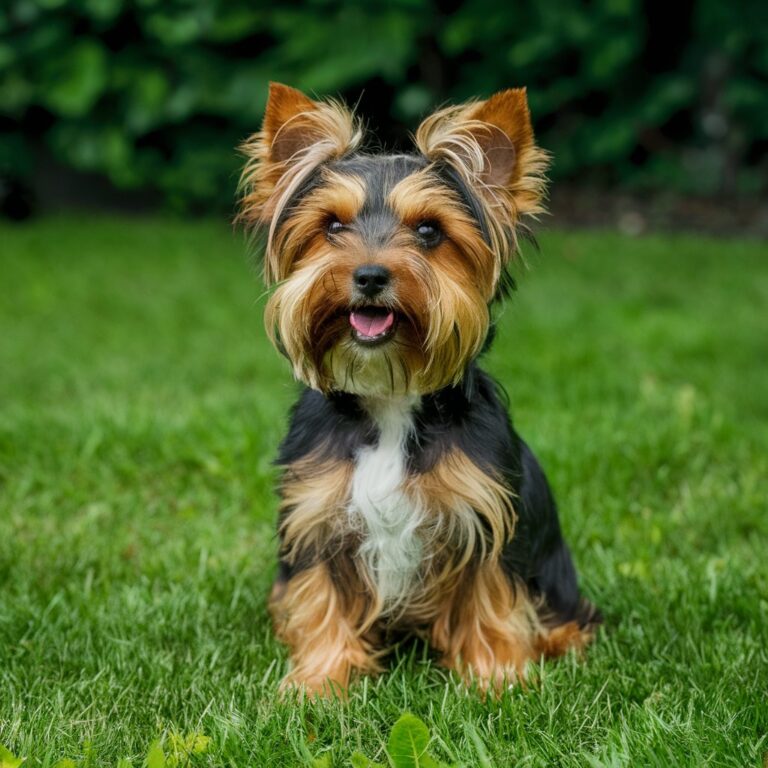Xoloitzcuintli: 100% Comprehensive Guide to the Ancient Mexican Hairless Dog
The Xoloitzcuintli, often referred to as the Xolo or Mexican Hairless Dog, is a breed that stands out for its unique appearance and rich history. With origins dating back over 3,000 years, the Xolo is one of the oldest and rarest dog breeds in the world. Revered by ancient civilizations and cherished in modern homes, the Xoloitzcuintli has an intriguing blend of mystery and charm. This article delves deep into the history, characteristics, and care of the Xoloitzcuintli, providing insights and personal anecdotes to bring this remarkable breed to life.
The Ancient History of the Xoloitzcuintli
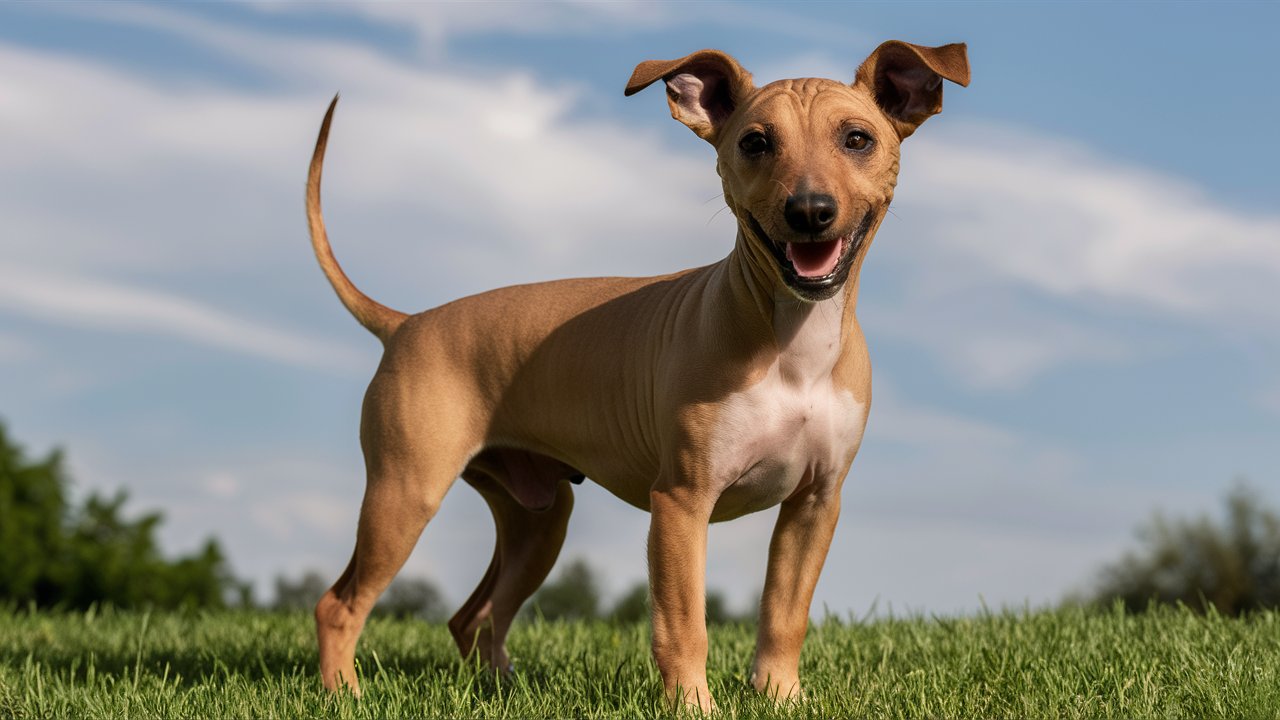
The Xoloitzcuintli’s history is intertwined with the ancient civilizations of Mexico, particularly the Aztecs, Toltecs, and Maya. The name “Xoloitzcuintli” is derived from “Xolotl,” the Aztec god of lightning and death, and “itzcuintli,” meaning dog. According to Aztec mythology, the Xolo was created by the gods to guard the living and guide the souls of the dead through the underworld.
Archaeological Evidence
Archaeological findings reveal that the Xoloitzcuintli has been present in Mexico for thousands of years. Clay effigies of the Xolo have been discovered in tombs, signifying the breed’s spiritual significance. These effigies, often found in burial sites, indicate that the Xolo was believed to accompany the deceased on their journey to the afterlife.
Cultural Significance
The Xoloitzcuintli was more than just a spiritual guide. It was also a companion, healer, and even a source of food. The breed was believed to possess healing powers, with its warm, hairless body used to alleviate ailments such as arthritis and insomnia. Additionally, the Xolo’s presence in homes was thought to ward off evil spirits and intruders.
Characteristics and Appearance
The Xoloitzcuintli comes in three sizes: toy, miniature, and standard. This breed is known for its distinctive hairless appearance, though a coated variety also exists. Let’s explore the key characteristics of the Xoloitzcuintli.
Physical Traits
- Size and Weight: The toy Xolo stands between 10-14 inches tall and weighs 10-15 pounds. The miniature is 14-18 inches tall, weighing 15-30 pounds. The standard Xolo ranges from 18-23 inches tall, with a weight of 30-55 pounds.
- Skin and Coat: The most striking feature of the Xoloitzcuintli is its hairless skin, which can be smooth or slightly rough. Skin colors range from black, gray, and slate to red, liver, and bronze. The coated variety has a short, flat coat.
- Ears and Eyes: Xolos have large, bat-like ears that are highly expressive. Their eyes are almond-shaped and can be brown, amber, or yellow, giving them a keen and intelligent expression.
Temperament
The Xoloitzcuintli is known for its calm, intelligent, and loyal nature. They are often described as dignified and reserved, especially around strangers, but they form strong bonds with their families. Xolos are alert and protective, making them excellent watchdogs. Despite their sometimes aloof demeanor, they are affectionate and enjoy close contact with their owners.
Caring for a Xoloitzcuintli
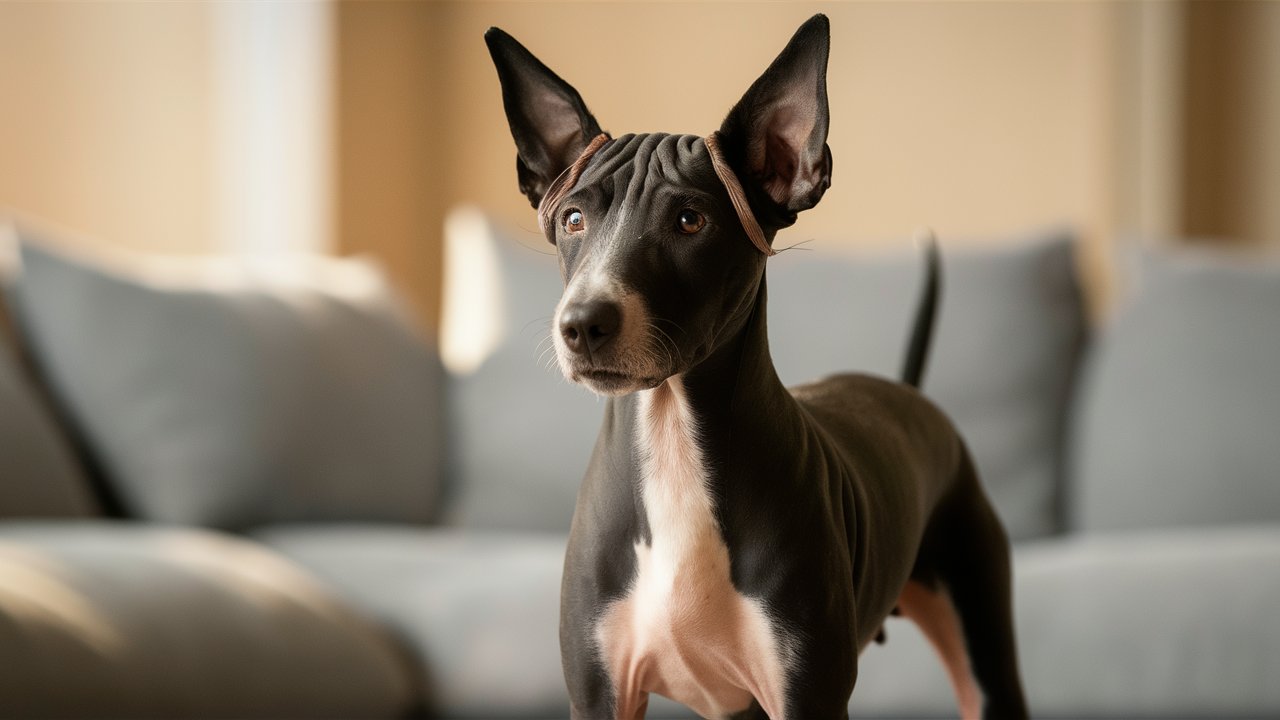
Owning a Xoloitzcuintli comes with unique responsibilities, particularly due to their hairless nature. Proper care ensures that your Xolo remains healthy, happy, and well-adjusted. This section will cover essential aspects of skin care, diet, exercise, and training in more detail.
Skin Care
The hairless skin of a Xoloitzcuintli requires diligent care to prevent issues such as sunburn, acne, and dryness. Here are detailed steps to ensure your Xolo’s skin remains healthy:
- Sun Protection: Due to their lack of fur, Xolos are highly susceptible to sunburn. Applying a dog-safe sunscreen before outdoor activities is essential. Consider using sunscreens specifically formulated for pets, as human sunscreens can contain ingredients harmful to dogs. Additionally, providing protective clothing such as lightweight, UV-blocking shirts can offer added protection.
- Bathing: Regular bathing is crucial for maintaining the cleanliness and health of your Xolo’s skin. Aim to bathe your Xolo once a week using a gentle, hypoallergenic shampoo designed for dogs. Avoid harsh soaps or human shampoos, as they can irritate the skin. After bathing, rinse thoroughly to remove all soap residues, which can cause dryness or irritation.
- Moisturizing: Keeping the skin moisturized helps prevent dryness and cracking. Use a veterinarian-recommended moisturizer specifically designed for dogs. Avoid products with artificial fragrances or harsh chemicals. Applying a thin layer of moisturizer after bathing can help lock in hydration and maintain the skin’s barrier function.
- Regular Inspections: Conduct regular inspections of your Xolo’s skin to check for any signs of irritation, rashes, or unusual bumps. Early detection of skin issues allows for prompt treatment and prevents complications.
Diet and Nutrition
A balanced diet is fundamental to the overall health and well-being of a Xoloitzcuintli. Proper nutrition supports skin health, energy levels, and overall vitality. Here are some dietary considerations:
- High-Quality Protein: Ensure that your Xolo’s diet includes high-quality protein sources such as chicken, beef, or fish. Protein is essential for muscle development, skin repair, and overall growth. Look for dog food that lists meat as the first ingredient.
- Healthy Fats: Incorporate healthy fats into your Xolo’s diet. Sources like fish oil, flaxseed oil, and chicken fat provide essential fatty acids that support skin health and maintain a shiny coat. Omega-3 and Omega-6 fatty acids are particularly beneficial for reducing inflammation and promoting healthy skin.
- Complex Carbohydrates: Include complex carbohydrates like sweet potatoes, brown rice, and quinoa. These provide a steady source of energy and are easier to digest compared to simple carbohydrates. Whole grains and vegetables also offer essential vitamins and minerals.
- Vitamins and Minerals: Ensure that your Xolo’s diet is rich in essential vitamins and minerals. These micronutrients play a crucial role in various bodily functions, including immune support and bone health. Consult with your veterinarian to determine if any additional supplements are needed.
Exercise and Mental Stimulation
Xoloitzcuintlis are energetic and intelligent dogs that require regular physical and mental exercise to stay healthy and happy. Meeting their exercise and stimulation needs can prevent behavioral issues and enhance their quality of life:
- Daily Walks: Regular walks are essential for maintaining your Xolo’s physical health. Aim for at least 30 minutes to an hour of walking each day, depending on the size and energy level of your Xolo. Walks provide physical exercise and mental stimulation through exposure to different environments.
- Playtime: Engage in interactive play sessions to keep your Xolo entertained and active. Activities like fetch, tug-of-war, and agility training can help burn off excess energy and strengthen the bond between you and your dog.
- Mental Enrichment: Xolos are intelligent dogs that thrive on mental challenges. Incorporate puzzle toys, treat-dispensing toys, and training sessions to stimulate their minds. Teaching new tricks, obedience training, and scent work are excellent ways to engage their intellect.
Training and Socialization
Proper training and socialization are crucial for raising a well-behaved and confident Xoloitzcuintli. Early training and exposure to different environments, people, and animals can prevent behavioral issues and ensure a well-rounded dog:
- Positive Reinforcement: Use positive reinforcement techniques such as treats, praise, and play to encourage desired behaviors. Xolos respond well to rewards and will quickly learn to associate good behavior with positive outcomes. Avoid harsh corrections or punishment, as these can lead to fear and anxiety.
- Basic Commands: Start with basic obedience commands such as sit, stay, come, and heel. Consistent training sessions of 10-15 minutes each day can help reinforce these commands and establish a strong foundation for more advanced training.
- Socialization: Expose your Xolo to a variety of environments, people, and other animals from an early age. Positive socialization experiences can prevent fearfulness and aggression. Organize playdates with other dogs, visit dog-friendly parks, and introduce your Xolo to different sounds and sights.
- Professional Training: If needed, seek the assistance of a professional dog trainer, especially if you encounter specific behavioral challenges. Professional trainers can provide guidance and tailored training plans to address any issues effectively.
Health Maintenance
Regular health maintenance is essential for preventing common health issues and ensuring the well-being of your Xoloitzcuintli. This includes routine veterinary care, dental hygiene, and preventive measures:
- Veterinary Check-ups: Schedule regular veterinary check-ups to monitor your Xolo’s overall health and catch any potential issues early. Annual or bi-annual visits allow the vet to conduct thorough examinations, update vaccinations, and provide preventive care.
- Dental Care: Dental hygiene is particularly important for hairless Xolos, as they may have dental anomalies. Brush your Xolo’s teeth regularly with dog-specific toothpaste and provide dental chews to reduce plaque and tartar buildup. Regular dental check-ups can help maintain oral health.
- Joint Health: Xolos can be prone to joint problems, especially as they age. Maintain a healthy weight to reduce stress on their joints and consider providing joint supplements if recommended by your veterinarian. Regular exercise helps keep their muscles strong and joints flexible.
- Parasite Control: Protect your Xolo from parasites such as fleas, ticks, and worms. Use veterinarian-recommended preventive treatments to keep these pests at bay and reduce the risk of related health issues.
Personal Anecdotes
To make this guide more relatable, let me share a personal story about a Xoloitzcuintli named Luna.
Luna came into our lives as a rescue. She was a timid, hairless pup with soulful eyes that seemed to tell a thousand stories. Adopting Luna was one of the best decisions our family ever made. Despite her initial shyness, Luna quickly adapted to our home. She would curl up beside us on the couch, her warm skin soothing against our hands.
One summer, we took Luna on a family trip to the beach. Worried about her sensitive skin, we slathered her in dog-friendly sunscreen and dressed her in a light, UV-protective shirt. Luna took to the beach with enthusiasm, darting across the sand and splashing in the shallow waves. Her playful antics drew the attention of fellow beachgoers, many of whom had never seen a Xoloitzcuintli before.
That evening, as we sat around a bonfire, Luna curled up in my lap, exhausted from the day’s adventures. Her peaceful presence and unwavering loyalty made me appreciate the unique bond we shared. Luna’s story is just one example of the joy and companionship that a Xoloitzcuintli can bring into a home.
The Xoloitzcuintli in Popular Culture
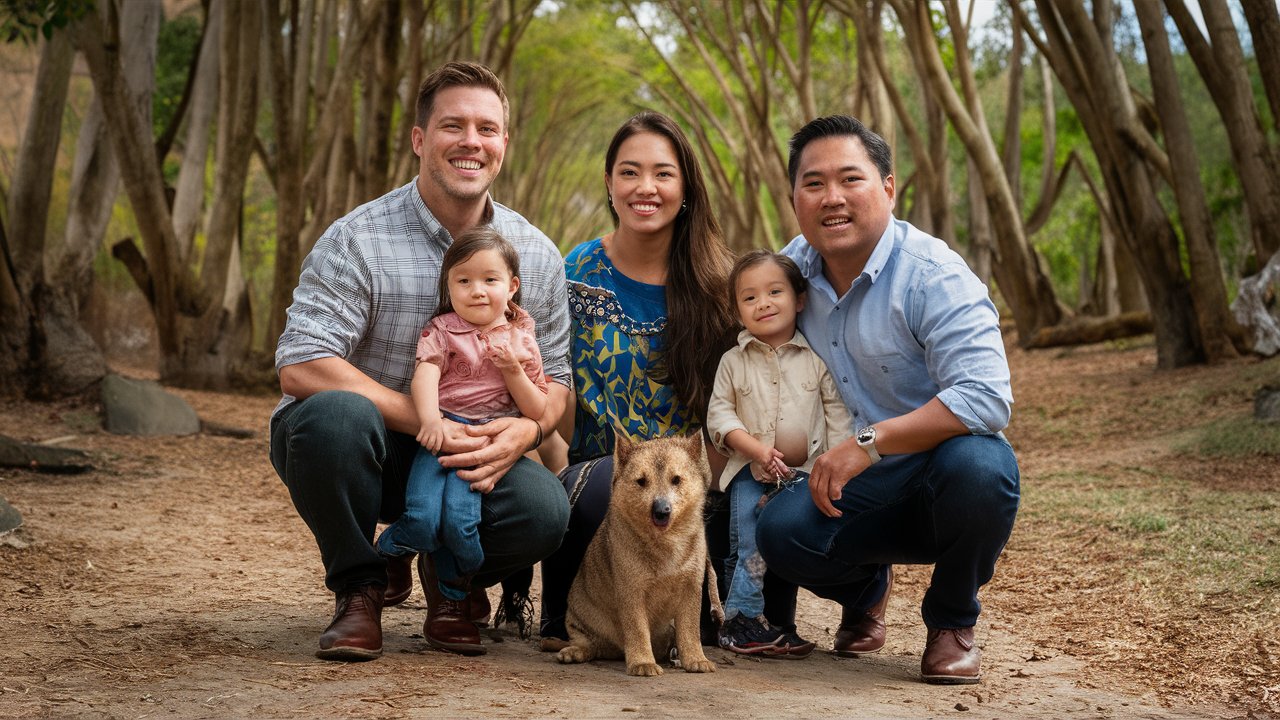
The Xoloitzcuintli, with its distinctive appearance and deep cultural roots, has made significant inroads into popular culture. From movies and literature to art and festivals, the Xolo has captured the imagination of many, serving as a symbol of heritage, loyalty, and mysticism.
Film and Television
One of the most notable appearances of the Xoloitzcuintli in film is in the 2017 animated movie “Coco” by Pixar. The film, set during the Mexican holiday Día de los Muertos (Day of the Dead), features a charming Xoloitzcuintli named Dante. Dante serves as the loyal companion to the protagonist, Miguel, and plays a crucial role in his journey to the Land of the Dead. Dante’s portrayal is a nod to the breed’s historical role as a guide for souls, and his character helped bring the Xoloitzcuintli into the global spotlight.
In television, the Xoloitzcuintli has appeared in various shows and documentaries, often highlighting its unique characteristics and cultural significance. Programs on animal channels have featured the Xolo in segments dedicated to ancient dog breeds, exploring its history and role in Mesoamerican cultures.
Art and Literature
The Xoloitzcuintli has been a recurring subject in Mexican art, particularly in the works of renowned artists such as Frida Kahlo and Diego Rivera. Frida Kahlo, known for her deeply personal and symbolic paintings, often included Xoloitzcuintlis in her works. In her self-portraits, the Xolos symbolize loyalty and protection, reflecting their revered status in Mexican culture. Diego Rivera, Kahlo’s husband and a prominent muralist, also depicted Xolos in his murals, celebrating their historical and cultural importance.
In literature, the Xoloitzcuintli has appeared in various books and stories, often as a symbol of Mexico’s rich cultural heritage. Authors have used the Xolo to explore themes of loyalty, mysticism, and the connection between the human and spiritual worlds. The breed’s storied past provides a rich backdrop for narratives that delve into the mythology and traditions of ancient Mesoamerican civilizations.
Festivals and Celebrations
The Xoloitzcuintli is celebrated in various Mexican festivals, particularly those that honor the country’s indigenous heritage. During Día de los Muertos, it is common to see representations of Xolos in decorations and altars (ofrendas), symbolizing their role as guides for the souls of the departed. These depictions often include colorful, artistic renderings of the breed, showcasing its importance in the cultural fabric of Mexico.
In addition to Día de los Muertos, the Xoloitzcuintli is celebrated in events dedicated to Mexican dog breeds. Dog shows and cultural festivals often feature Xolos, where their unique traits and history are highlighted. These events help raise awareness about the breed and promote its preservation.
Modern Symbolism and Influence
The Xoloitzcuintli has transcended its ancient origins to become a modern symbol of Mexican identity and pride. The breed’s resurgence in popularity is partly due to its representation in contemporary media and its association with Mexican culture. Celebrities and public figures have also contributed to the breed’s modern-day status by adopting Xolos and showcasing them on social media platforms.
In fashion and design, the Xoloitzcuintli’s sleek and elegant appearance has inspired various artistic expressions. From clothing lines to jewelry, designers have drawn inspiration from the Xolo’s unique look and historical significance, creating pieces that pay homage to this ancient breed.
Health and Lifespan
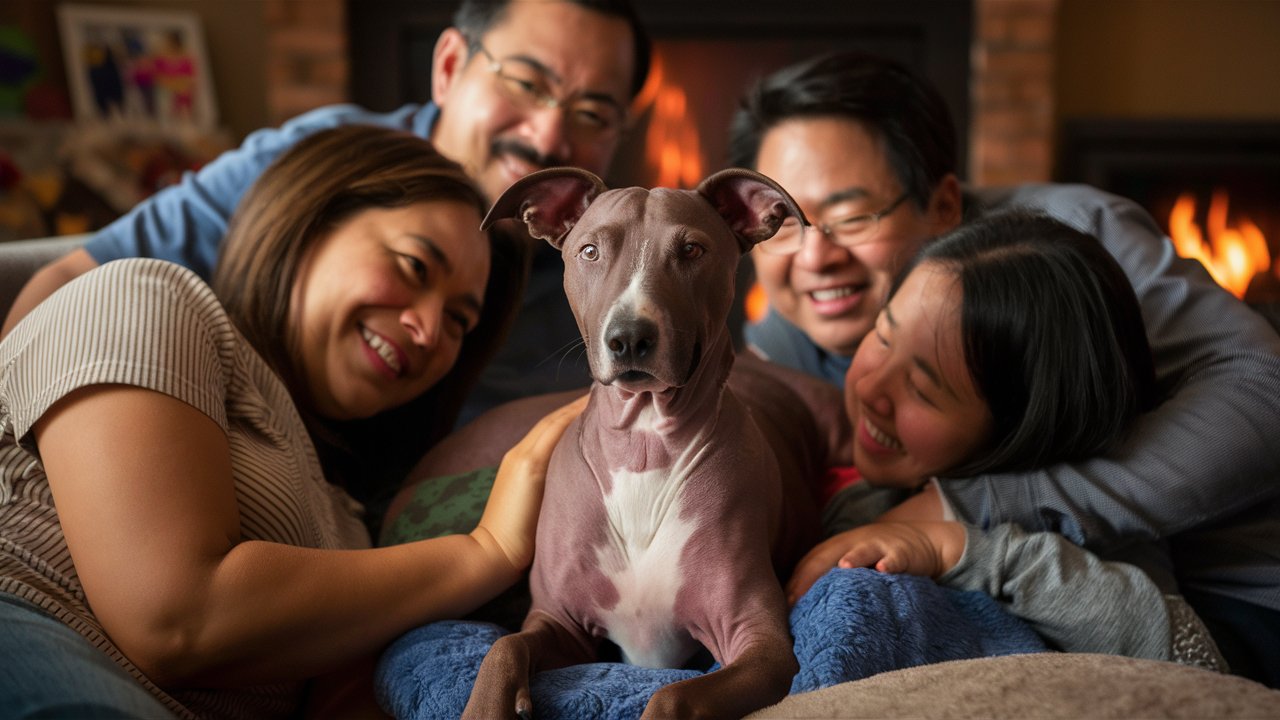
The Xoloitzcuintli, known for its robust health and longevity, typically enjoys a lifespan of 12-15 years. While generally a healthy breed, Xolos, like all dogs, can be prone to certain health issues. Understanding these potential problems and implementing preventive care can help ensure your Xolo lives a long, healthy, and happy life.
Common Health Issues
- Skin Problems
- Sunburn: Due to their hairless nature, Xolos are highly susceptible to sunburn. Protecting their skin from direct sunlight is crucial. Using dog-safe sunscreen and UV-protective clothing can prevent sunburn and reduce the risk of skin cancer.
- Acne and Dermatitis: Hairless Xolos can develop acne or dermatitis. Regular bathing with a gentle, hypoallergenic shampoo can help maintain skin health and prevent these conditions. Moisturizing their skin regularly can also prevent dryness and cracking.
- Allergies: Some Xolos may suffer from allergies, manifesting as skin irritations or itching. Identifying and avoiding allergens, whether they are environmental or food-related, is key to managing these allergies.
- Dental Issues
- Missing or Misaligned Teeth: The hairless variety of Xoloitzcuintli may have dental anomalies, including missing or misaligned teeth. Regular dental check-ups and good oral hygiene practices, such as brushing their teeth and providing dental chews, can help maintain dental health.
- Periodontal Disease: Like many small breeds, Xolos are prone to periodontal disease. Professional dental cleanings and at-home dental care are essential to prevent this common issue.
- Joint Problems
- Hip Dysplasia: Xolos can be prone to hip dysplasia, a condition where the hip joint doesn’t fit together perfectly, leading to arthritis and pain. Regular exercise, maintaining a healthy weight, and providing joint supplements can help manage and prevent hip dysplasia.
- Luxating Patella: This condition, where the kneecap dislocates, is more common in smaller dogs, including toy and miniature Xolos. Maintaining a healthy weight and providing appropriate exercise can help reduce the risk.
- Eye Issues
- Progressive Retinal Atrophy (PRA): This genetic condition can lead to blindness. Regular veterinary eye exams can help detect PRA early and manage its progression.
- Cataracts: Xolos can develop cataracts, leading to impaired vision. Surgical options are available if cataracts significantly impact their quality of life.
Preventive Care
Preventive care is essential to ensure the long-term health and well-being of your Xoloitzcuintli. Here are some key aspects of preventive care:
- Regular Veterinary Check-ups
- Annual or bi-annual veterinary visits are crucial for early detection and management of health issues. Regular check-ups allow your vet to monitor your Xolo’s health, administer vaccinations, and provide necessary treatments.
- Vaccinations and Parasite Control
- Keeping up with vaccinations protects your Xolo from common canine diseases. Parasite control, including flea, tick, and heartworm prevention, is essential to prevent infestations and related health problems.
- Balanced Diet and Nutrition
- Feeding your Xolo a balanced diet rich in high-quality proteins, fats, carbohydrates, vitamins, and minerals is vital for overall health. Consult your veterinarian for recommendations on the best diet for your dog’s specific needs.
- Consider incorporating supplements, such as omega-3 fatty acids for skin health and glucosamine for joint support, into their diet.
- Exercise and Mental Stimulation
- Regular exercise is crucial for maintaining a healthy weight and preventing obesity-related health issues. Daily walks, playtime, and engaging in activities like agility or obedience training can keep your Xolo physically and mentally stimulated.
- Skin and Dental Care
- Regular skin care routines, including baths and moisturizing, are essential for hairless Xolos. For coated varieties, regular brushing can prevent matting and skin problems.
- Dental care, including brushing and professional cleanings, helps prevent dental diseases and maintains oral health.
Maintaining Overall Wellness
- Spaying and Neutering
- Spaying or neutering your Xolo can prevent certain health issues, such as uterine infections and testicular cancer, and can contribute to a longer, healthier life.
- Weight Management
- Maintaining a healthy weight through a balanced diet and regular exercise is crucial. Obesity can exacerbate joint problems and lead to other health issues, such as diabetes.
- Mental Health
- Providing mental stimulation through interactive toys, training, and socialization is important for your Xolo’s mental well-being. Boredom and lack of mental stimulation can lead to behavioral issues.
- Grooming
- Regular grooming, even for hairless Xolos, is important. This includes nail trimming, ear cleaning, and skin care. For coated Xolos, regular brushing and baths are necessary to maintain a healthy coat and skin.
- Environmental Safety
- Creating a safe environment for your Xolo is essential. This includes providing a comfortable living space, avoiding exposure to extreme temperatures, and ensuring their surroundings are free from hazards.
Conclusion
The Xoloitzcuintli is a breed that offers a unique blend of history, elegance, and companionship. Their ancient roots and cultural significance add to their mystique, while their loyal and affectionate nature makes them excellent family pets. Caring for a Xoloitzcuintli requires attention to their specific needs, but the rewards are immeasurable.
Whether you’re drawn to their rich history or their unique appearance, the Xoloitzcuintli is a breed that captures the heart and imagination. By understanding their background and providing proper care, you can ensure that your Xolo thrives and brings joy to your life for many years to come.
